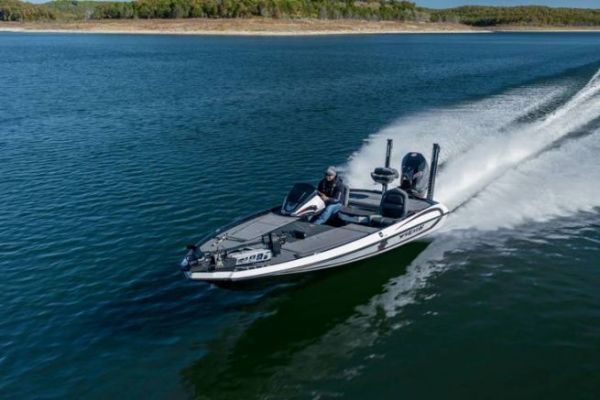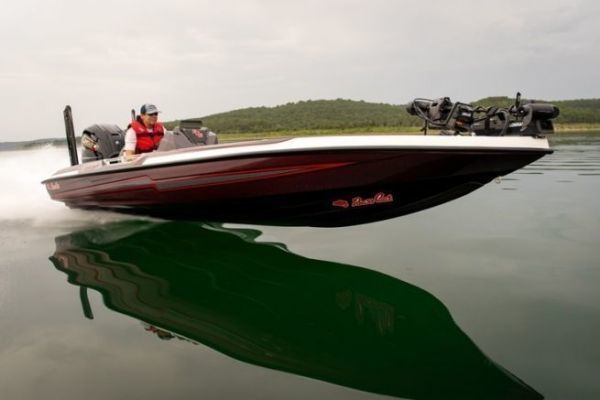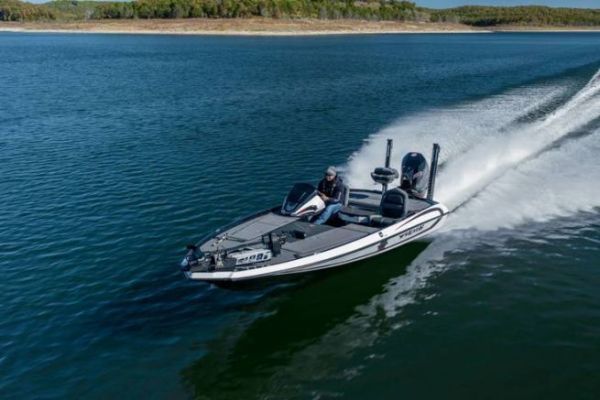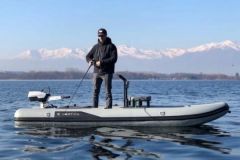The arguments FOR Hot Foot
Safety and control : the main advantage of the Hot Foot is that it allows the driver to keep both hands on the steering wheel at all times. This improves safety and makes it easy to manage the trim and, if necessary, the hydraulic jack plate. This is a real asset in heavy weather, or for controlling a chine walk.
Reactivity : when sailing in rough waters with lots of waves, the ability to slow down or accelerate instantly is crucial. The Hot Foot provides superior responsiveness compared to hand control. In windy conditions and with waves, it's essential to actively steer the boat. Raising the foot is faster than slowing down by hand.
Heavy traffic : in heavy boat traffic, it's crucial to adjust your speed to the conditions, and the Hot Foot allows you to do this while keeping your hands on the wheel, for greater safety.
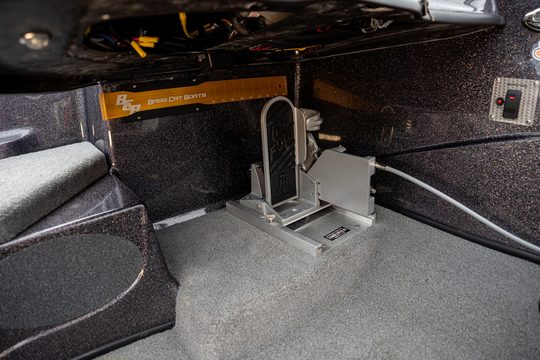
The arguments AGAINST Hot Foot
Reliability : it's an extra piece of equipment, increasing the risk of breakdown. Although robust, nothing is infallible.
Comfort : unlike a car, where the pedal is suspended and the seat adjustable, on a boat, maintaining pressure on the pedal for long periods can be tiring for the driver.
No cruise control : on the water, navigation often resembles a little-travelled freeway, where you could use cruise control to keep your foot off the gas pedal. Hot Foot eliminates this possibility.
Adaptability : lending your boat to another fisherman becomes complicated, as the other person has to have the same length of leg.
Maneuvers : when maneuvering around a launch or dock, the Hot Foot complicates matters. It's harder to get up quickly or change position for better visibility.
Limited speed : in speed-restricted areas (10 or 15 km/h), you can set your speed by hand, freeing your hands for other tasks. With a Hot Foot, you need to constantly regulate pressure and monitor speed.
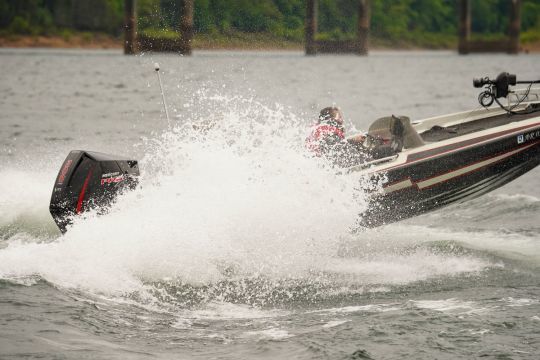
Conclusion
If you sail in areas where you need to constantly adjust your speed due to bad weather or numerous other boats, this accessory can be adapted to your needs.

 /
/ 